F Double Stranded RNA Viruses (eg, reoviruses) Figure 8, p 108 from Fields Virology 1 Genome is transcribed by virion packaged polymerase 2 mRNA's are translated to viral proteins or transcribed to complementary strands to yield double stranded RNA genomes forSteps Involved in Viral Replication 1 Attachment Attachment is the first stage of replication of the virus The host cell surface consists of receptors that bind to the attachment proteins present on the virus's capsid Next, the virus injects its DNA or RNA (ribonucleic acid)inside the host cell for initiating infection in the host cellThe triennial International DoubleStranded RNA Virus Symposium, this year organized by J Matthijnssens, J S L Parker, P Danthi, and P Van Damme in Belgium, gathered over 0 scientists to discuss novel observations and hypotheses in the field The keynote lecture on functional interactions of

Slicing And Dicing Viruses Antiviral Rna Interference In Mammals The Embo Journal
Double-stranded rna virus replication steps
Double-stranded rna virus replication steps-On A retrovirus is a virus whose genes are encoded in RNA, and, using an enzyme called reverse transcriptase, replicates itself by first reversecoding its genes into the DNA of the cells it infects Like other viruses, retroviruses need to use the cellular machinery of the organisms they infect to make copies of themselvesThere are three main types of RNA viruses positivesense singlestranded ()ssRNA, negativesense singlestranded ()ssRNA and doublestranded RNA (dsRNA) viruses This Thesis is focused on revealing molecular details of replication and assembly of two dsRNA viruses Pseudomonas phage phi6 (phi6) and human picobirnavirus (hPBV) Double
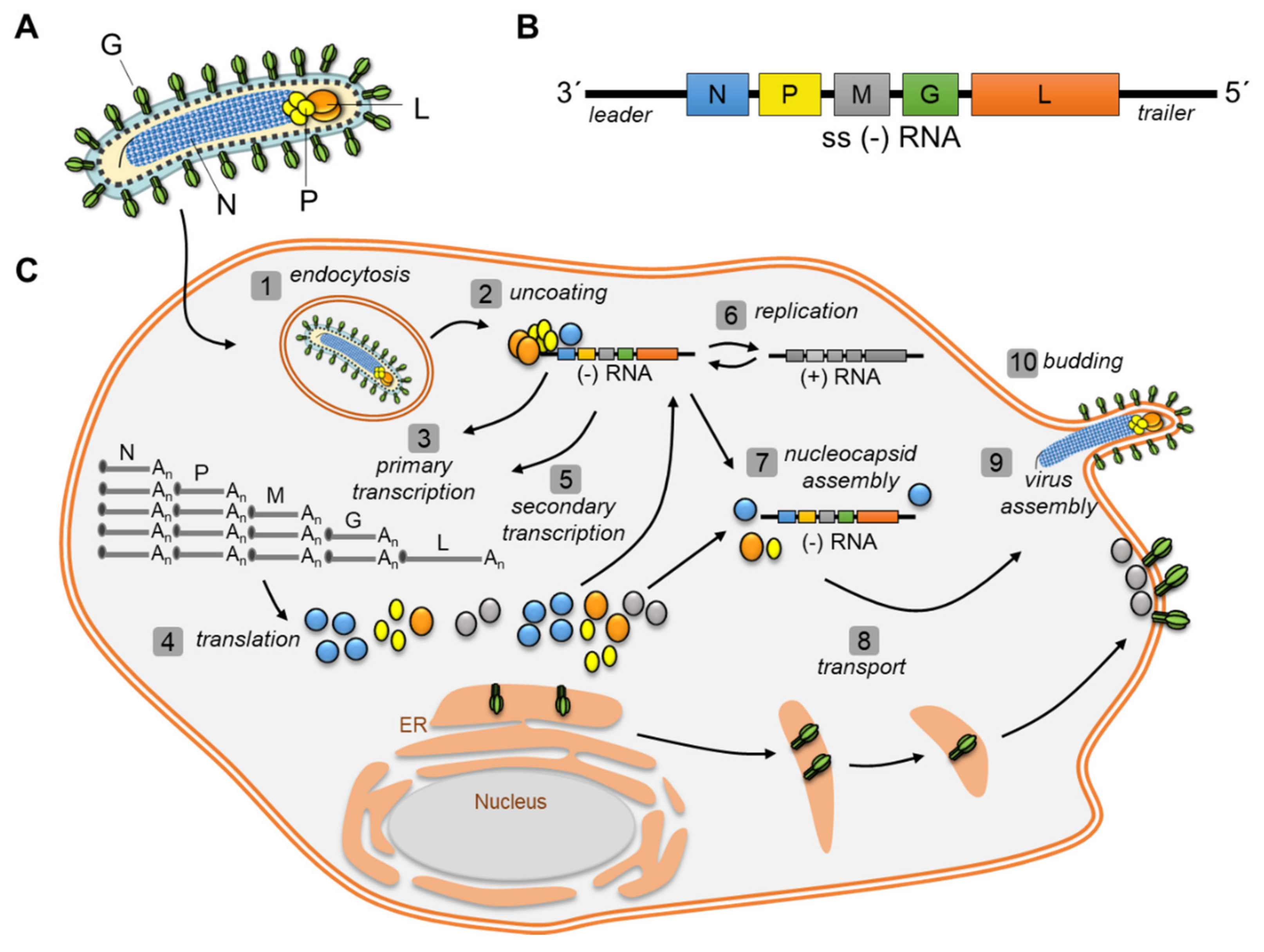



Cells Free Full Text New Perspectives On The Biogenesis Of Viral Inclusion Bodies In Negative Sense Rna Virus Infections Html
Author Summary Type I interferons (IFN) are critical for mounting effective antiviral responses by the host cells For RNA viruses, it is believed that IFN is triggered exclusively by viral doublestranded RNA (dsRNA) or RNA containing a 5′triphosphate (5′ppp) that is produced during viral genome replication or transcription driven by viral replicasesInfection and replication Positivestranded RNA viruses ()RNA viruses are the most numerous of seven viral genetic classes and cause diseases in humans, animals, and plants Despite genomic and structural diversity among various ()RNA viruses, they share common features in genome replication (Ahlquist, 06) TheseThe replication of tobacco mosaic virus (TMV) RNA involves synthesis of a negativestrand RNA using the genomic positivestrand RNA as a template, followed by the synthesis of positivestrand RNA on the negativestrand RNA templates Intermediates of replication isolated from infected cells include completely doublestranded RNA (replicative
An RNA virus is a virus that has RNA (ribonucleic acid) as its genetic material1 This nucleic acid is usually single stranded RNA (ssRNA) but may be double stranded RNA (dsRNA)2 The ICTV classifies RNA viruses as those that belong to GroupSteps of Virus Infections A virus must use its hostcell processes to replicate The viral replication cycle can produce dramatic biochemical and structural changes in the host cell, which may cause cell damage These changes, called cytopathic effects, can change cell functions or even destroy the cell4 2 DNA Viruses Types of DNA Viruses The genetic material of DNA viruses can be in 2 basic forms • singlestranded DNA ( or – strand) • doublestranded DNA A 3rd type involves an RNA intermediate in the replication of viral DNA • involves reverse transcriptase (see "RNA" section) Life Cycle of a DNA Virus
Reconstitution of an RNA Virus Replicase in Artificial Giant Unilamellar Vesicles Supports Full Replication and Provides Protection for the DoubleStranded RNA Replication Intermediate J Virol Aug 31;94(18)e doi /JVIRecent results with one such virus, BMV, revealed that the structure, assembly, and function of such replication complexes share multiple parallels with retrovirus and doublestranded RNA (dsRNA) virus cores Specifically, the helicaselike BMV 1a protein mimics the roles of Gag protein in retrovirus capsid assembly by inducing formation ofDoublestranded RNA Viruses Structure and Molecular Biology Edited by John T Patton Laboratory of Infectious Diseases, NIAID, NIH, Bethesda, MD , USA Published January 08 Pages x 374 Hardback ISBN £159, $319 Published by Caister Academic Press wwwcaistercom




Slicing And Dicing Viruses Antiviral Rna Interference In Mammals The Embo Journal




10 Replication Of Dsrna Virus Youtube
CoOpting Host Membranes during RNA Virus Replication All studied RNA viruses usurp and modify cytoplasmic membranes for formation of functional sites of protein translation, processing, and RNA synthesis, as described in detail in recent reviews These sites, containing cellular membranes, viral RNA, and viral replicase proteins, are generally referred toDoublestranded RNAbinding protein controls translation of viral intermediate RNA, marking an essential step in the life cycle of modified vaccinia virus Ankara J Gen Virol 06 May;87(Pt 5) doi /vir HIV is a retrovirus Retroviruses are distinguished from other types of viruses by two key steps in the replication cycle reverse transcription and integration After HIV infects a host cell, reverse transcription results in the production of a doublestranded DNA copy of the singlestranded HIV RNA genome



2




Inactivation Of The Type I Interferon Pathway Reveals Long Double Stranded Rna Mediated Rna Interference In Mammalian Cells The Embo Journal
A kinomewide small interfering RNA screen identifies proviral and antiviral host factors in severe acute respiratory syndrome coronavirus replication, including doublestranded RNctivatedThis messenger RNA is translated (step 4), resulting in the formation of an RNAdependent RNA polymerase that catalyzes the production of a replication intermediate (RI), a partially doublestranded molecule consisting of a complete RNA strand and numerous partially completed strands (step 5) At the same time, inhibitors of cellular RNA andPositivestrand RNA viruses (ssRNA viruses) are a group of related viruses that have positivesense, singlestranded genomes made of ribonucleic acidThe positivesense genome can act as messenger RNA (mRNA) and can be directly translated into viral proteins by the host cell's ribosomesPositivestrand RNA viruses encode an RNAdependent RNA polymerase (RdRp)
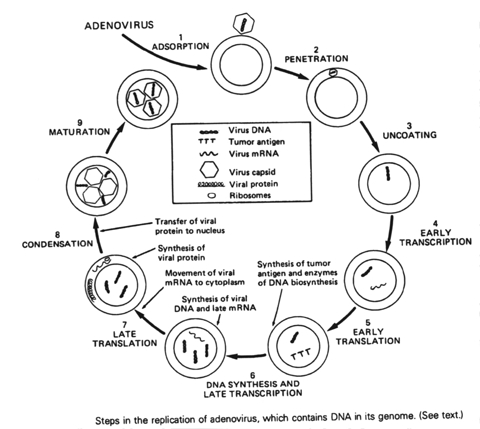



General Properties Of Viruses
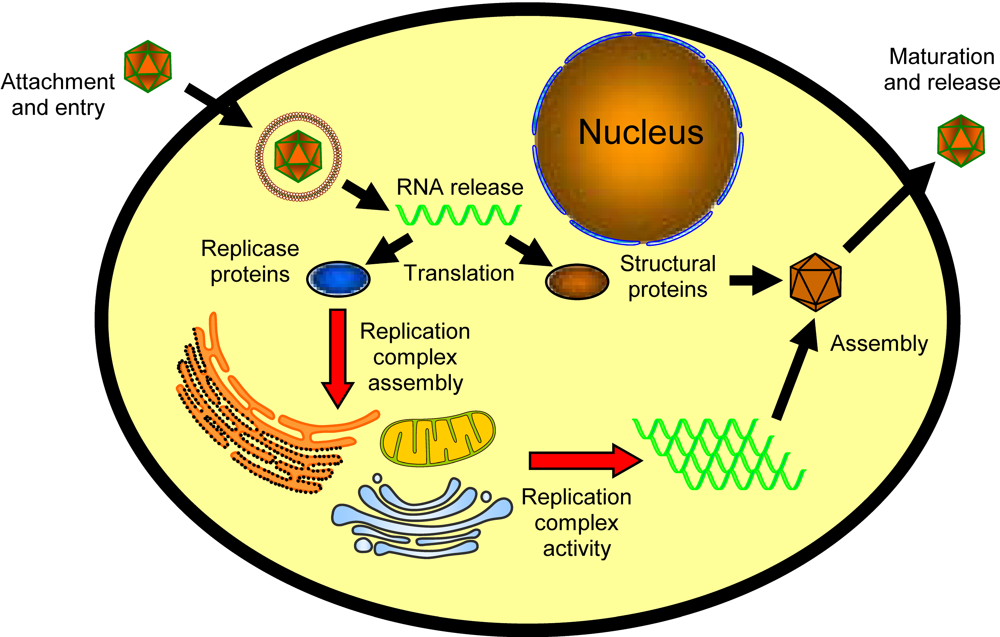



Viruses Free Full Text Role Of Cellular Lipids In Positive Sense Rna Virus Replication Complex Assembly And Function Html
Of RNA viruses, or to make mRNA from RNA ‐RNA virus genomes encode novel RNA dependent RNA polymerases ‐Polymerases produce BOTH RNA genomes AND mRNA from RNA templates ‐The mRNA produced is readable by host ribosomes Seven viral families have viruses with dsRNA genomes Many dsRNA genomes are segmented Double stranded RNA (dsRNA)Unique among the RNA viruses are the retroviruses, whose replication involves a doublestranded DNA phase, making these viruses an easy target for genetic manipulation Transfection of fulllength cDNA molecules leads to the establishment of replicating virus particles and integration of the viral genetic information into the host genome ( 10 )The mode of replication of the L doublestranded RNA (dsRNA) present in viruslike particles in Saccharomyces cerevisiae was examined by density transfer experiments After transfer to light medium, significant amounts of fully heavy dsRNA persisted over a number of cell doublings In addition, very
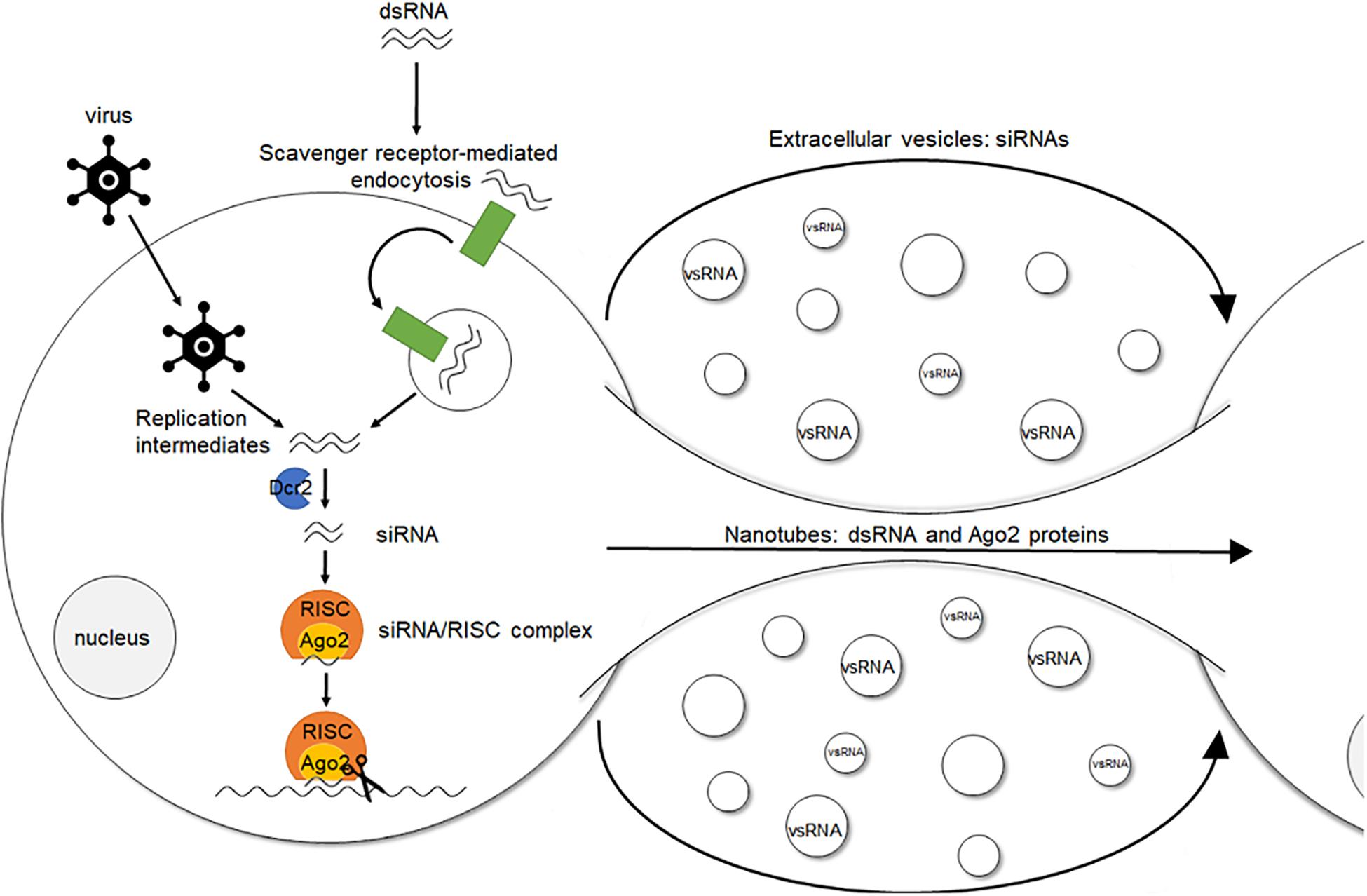



Frontiers Rna Interference In Insects Protecting Beneficials And Controlling Pests Physiology



2
The process, called viral uncoating, requires that the protective coating surrounding the RNA must be dissolved Without this step, the conversion of RNA to DNA (the building blocks for a new virus) cannot take place Transcription and Translation Once in the cell, the singlestranded RNA of HIV must be converted to the doublestranded DNA Viruses can be differentiated based on how they store their genomic information, such as by DNA or doublestranded RNA Positivesense singlestranded RNA (ssRNA) viruses are one such way and it DoubleStrand RNA Virus Transcription and Replication The 5′ end of the dsRNA viral genome may be naked, capped, or covalently linked to a viral protein Genomic dsRNA is transcribed into viral mRNA that serves as a template for both translation and genome replication



Rig I And Mda 5 Detection Of Viral Rna Dependent Rna Polymerase Activity Restricts Positive Strand Rna Virus Replication




Principles Of Virus Uncoating Cues And The Snooker Ball Yamauchi 16 Traffic Wiley Online Library
RNA viruses are classified according to the nature of their RNA genomes into plusstrand, minusstrand and doublestranded RNA viruses Of these three classes, the most abundant are the plusstranded RNA viruses The first replication step in these viruses is the translation of their genome that acts as a viral mRNA HIV Replication Cycle This infographic illustrates the HIV replication cycle, which begins when HIV fuses with the surface of the host cell A capsid containing the virus's genome and proteins then enters the cell The shell of the capsid disintegrates and the HIV protein called reverse transcriptase transcribes the viral RNA into DNANegativestrand RNA viruses (ssRNA viruses) are a group of related viruses that have negativesense, singlestranded genomes made of ribonucleic acidThey have genomes that act as complementary strands from which messenger RNA (mRNA) is synthesized by the viral enzyme RNAdependent RNA polymerase (RdRp) During replication of the viral genome, RdRp
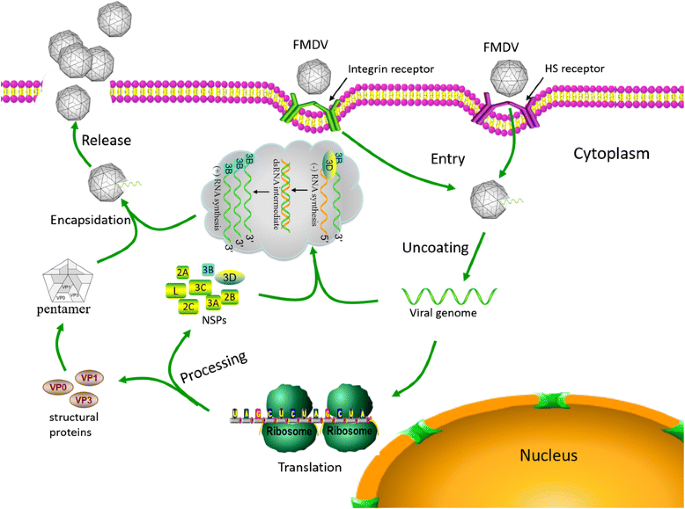



Biological Function Of Foot And Mouth Disease Virus Non Structural Proteins And Non Coding Elements Virology Journal Full Text




Viral Replication Wikipedia
Virions also synthesize an 84 kbp doublestranded circular DNA that lacks one copy of the terminal repetition, as well as viral DNA longer than 9 kbp The enzymatic machinery in the virions of retroviruses therefore appears to be responsible for all the steps involved in making fully doublestranded linear and one form of circular DNA monly associated with coronavirus RNA replication (3) Such RNA replication complexes concentrate the replication factors and templates, orchestrate the successive steps of (−) and () RNA synthesis, and sequester doublestranded RNA (dsRNA) and uncapped RNA replication intermediates from innate immune sensing Endogenous RNA transcription characterizes doublestranded RNA (dsRNA) viruses in the Reoviridae, a family that is exemplified by its simple, singleshelled member cytoplasmic polyhedrosis virus



2




9 8c Viral Replication And Gene Expression Biology Libretexts
Overview Baltimore classification groups viruses together based on their manner of mRNA synthesis Characteristics directly related to this include whether the genome is made of deoxyribonucleic acid (DNA) or ribonucleic acid (RNA), the strandedness of the genome, which can be either single or doublestranded, and the sense of a singlestranded genome, which isThe result will be a DNARNA hybrid with paired exons and 4 loops of single strand DNA coming out (one for each intron) 7) Complete the following table Label the 5' and 3' ends of DNA and RNA and the amino and carboxyl ends of the protein Assume it is read left to right and the columns represent transcriptional and translational alignmentsThe Herpesviridae are a large family of doublestranded DNA viruses responsible for many human and veterinary diseases Although members of this family differ in tissue tropism and many aspects of their interactions with their hosts, the mechanisms by which they replicate their DNA during productive ("lytic") infection are largely conserved




How Positive Strand Rna Viruses Benefit From Autophagosome Maturation Journal Of Virology
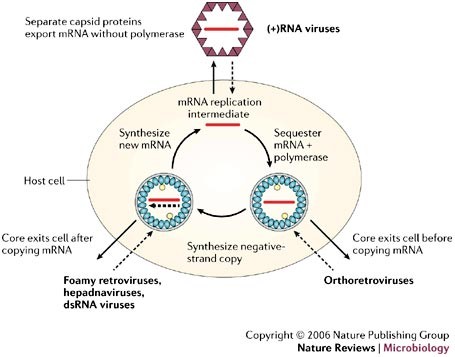



Parallels Among Positive Strand Rna Viruses Reverse Transcribing Viruses And Double Stranded Rna Viruses Nature Reviews Microbiology
This basic strategy of virus infections leaves ample space for variations depending on whether the viral genome is composed of DNA or RNA, on whether it is double or singlestranded, linear or It is an enveloped virus with an icosahedral nucleocapsid that contains a doublestranded linear DNA genome, and thus replicates in the nucleus Choice C The exception to the rule regarding RNA viruses is the family Orthomyxoviridae, the influenza viruses Orthomyxoviruses undergo transcription and RNA replication in the nucleus of the hostDNA replication and RNA transcription and translation things about the retrovirus that make it different from other viruses so first of all it is an envelope to singlestranded RNA virus and inside of this envelope it also carries three special proteins and right now just be aware that there are three special proteins I'll talk about them




New Technologies For Studying Negative Strand Rna Viruses In Plant And Arthropod Hosts Molecular Plant Microbe Interactions
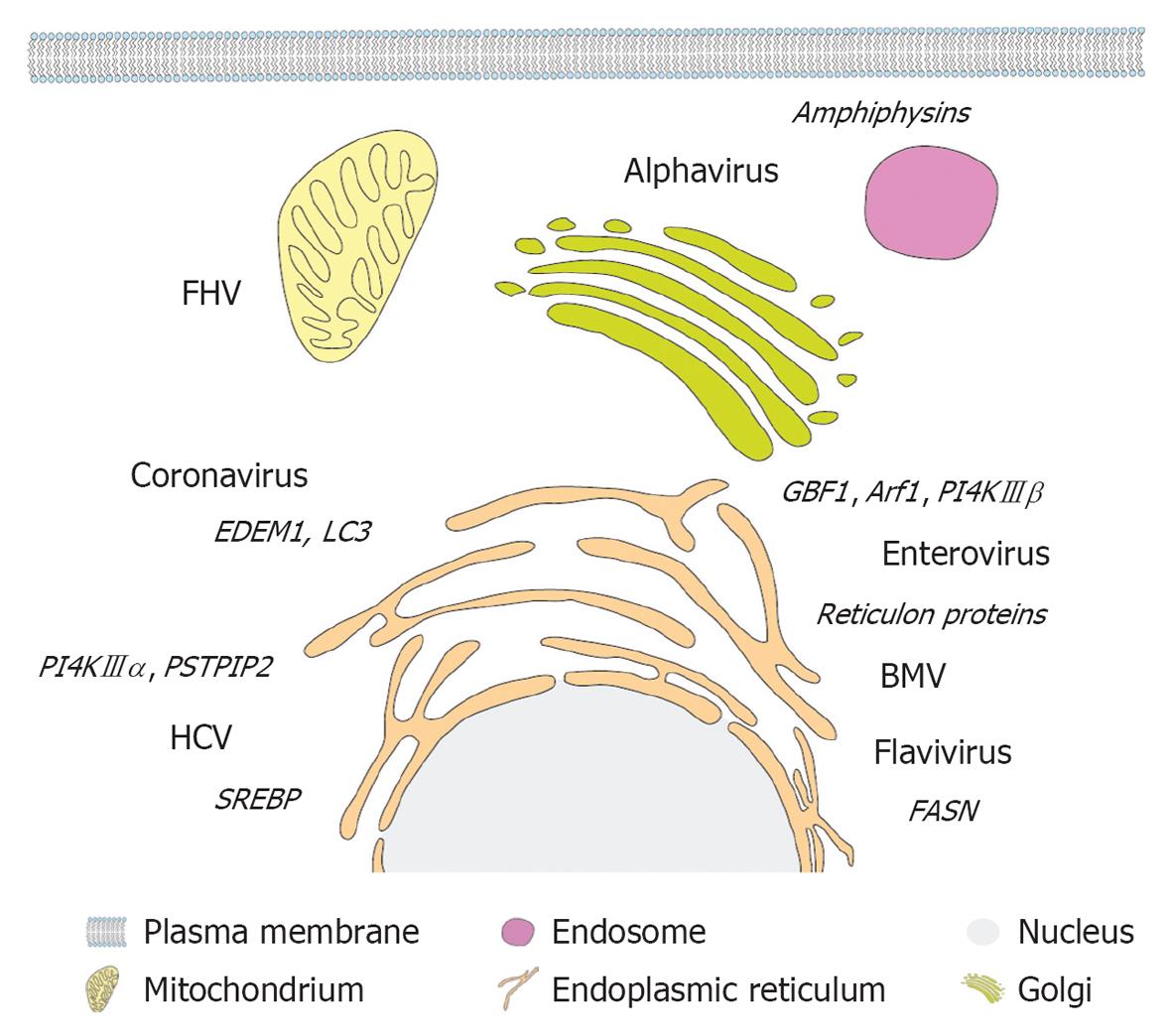



Architecture And Biogenesis Of Plus Strand Rna Virus Replication Factories
INTRODUCTION Virus infection & replication – A synonym Virus is a nucleoprotein having RNA or DNA as a genetic material RNA or DNA may be ss or ds, ssRNA may be ve or –ve sense Most of plant virus infect a limited number of different plant species and a few have a wide host range Viruses do not produce any kind of reproductive structure, they Abstract Coronaviruses (CoVs), enveloped positivesense RNA viruses, are characterized by clublike spikes that project from their surface, an unusually large RNA genome, and a unique replication strategy Coronaviruses cause a variety of diseases in mammals and birds ranging from enteritis in cows and pigs and upper respiratory disease in RNA replication occurs in the nucleus using a viruscoded enzyme (this may be same as the RNA polymerase involved in transcription of mRNAs, or a modified version) A full length, exact complementary copy of virion RNA is made this plus sense RNA is probably coated with nucleocapsid protein as it is made




The Rig I Like Receptor Lgp2 Inhibits Dicer Dependent Processing Of Long Double Stranded Rna And Blocks Rna Interference In Mammalian Cells The Embo Journal




Molecular Biology And Pathogenesis Of Retroviruses Intechopen



2




Replication Of Rna Viruses Video Lesson Transcript Study Com




Virus Assays Bmg Labtech




Cells Free Full Text New Perspectives On The Biogenesis Of Viral Inclusion Bodies In Negative Sense Rna Virus Infections Html
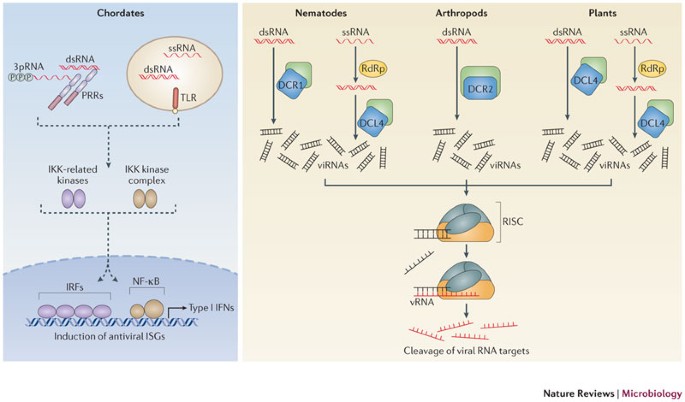



Rna Viruses And The Host Microrna Machinery Nature Reviews Microbiology




Mechanism Of Intraparticle Synthesis Of The Rotavirus Double Stranded Rna Genome Journal Of Biological Chemistry




Viral Nonstructural Proteins An Overview Sciencedirect Topics




The Activation Of Autophagy Pathway By Different Positive Stranded Rna Download Scientific Diagram
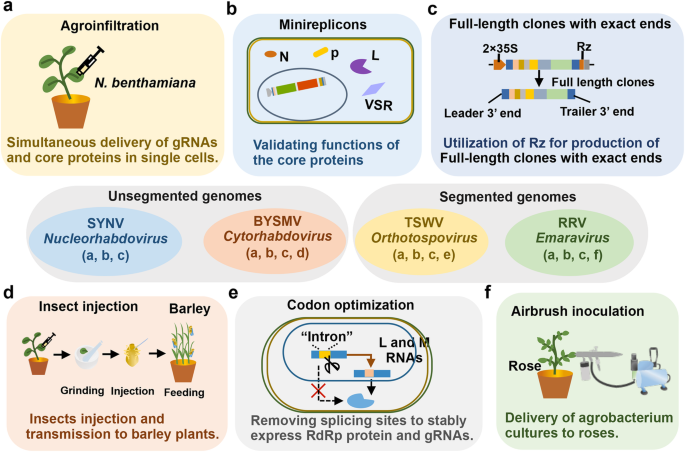



Reverse Genetics Systems Of Plant Negative Strand Rna Viruses Are Difficult To Be Developed But Powerful For Virus Host Interaction Studies And Virus Based Vector Applications Phytopathology Research Full Text
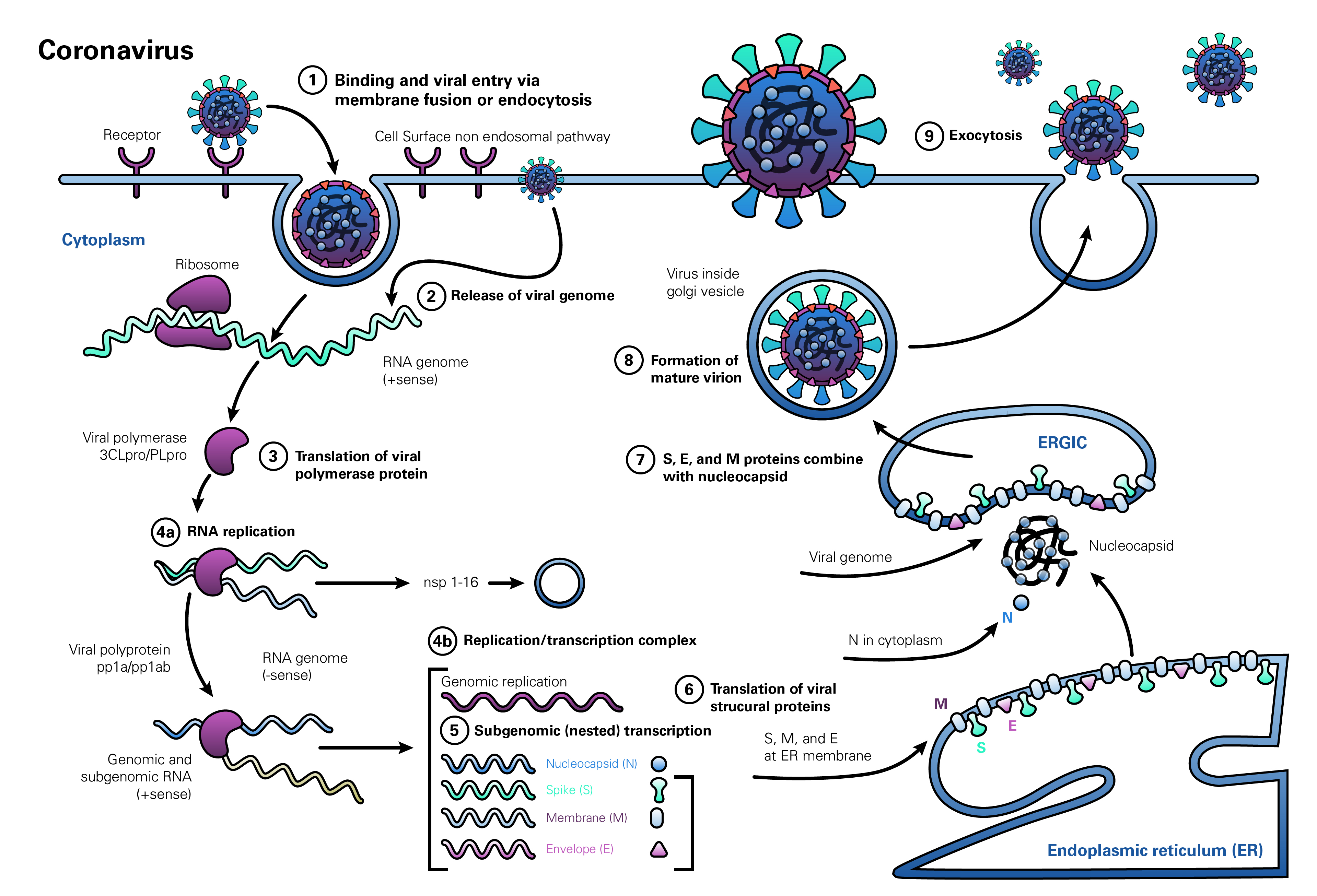



Sars Cov 2 And Covid 19 Pathogenesis A Review Lsbio




Sars Cov 2 Induces Double Stranded Rna Mediated Innate Immune Responses In Respiratory Epithelial Derived Cells And Cardiomyocytes Pnas




Diversity Of Viral Replication Example Of Ebolavirus Versus Download Scientific Diagram



Viral Replication And Genetics Ivis




Retrovirus Wikipedia




Replication Of Rna Virus Youtube




Coronavirus Nonstructural Protein 15 Mediates Evasion Of Dsrna Sensors And Limits Apoptosis In Macrophages Pnas
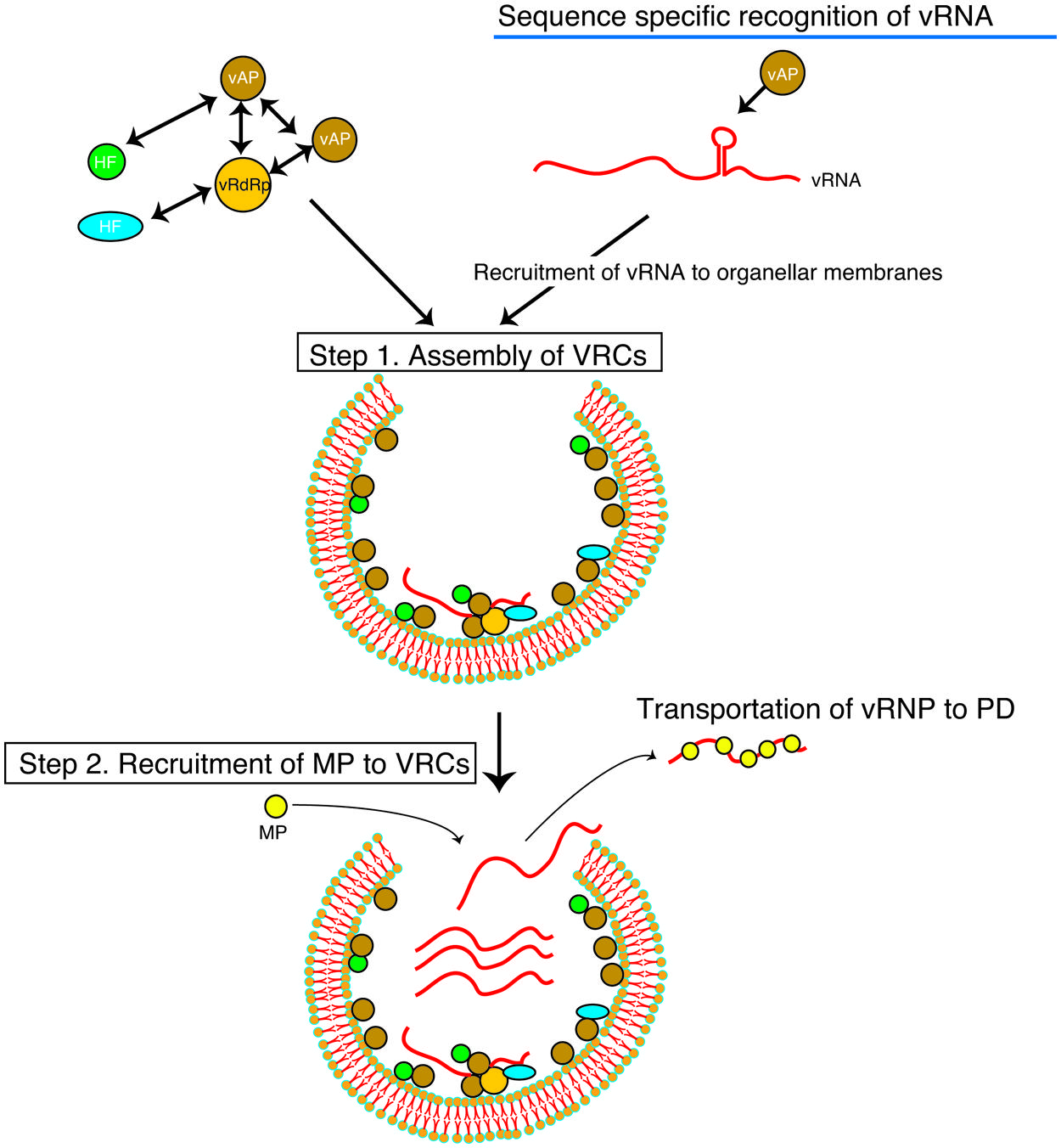



Frontiers Host And Viral Rna Binding Proteins Involved In Membrane Targeting Replication And Intercellular Movement Of Plant Rna Virus Genomes Plant Science




Double Stranded Dna Virus An Overview Sciencedirect Topics




Positive Strand Rna Viruses In Animals Boundless Microbiology



Extraction And Purification Of Large Dsrnas From Virus Infected Plants And Fungi Applications In Virus Detection And Identification
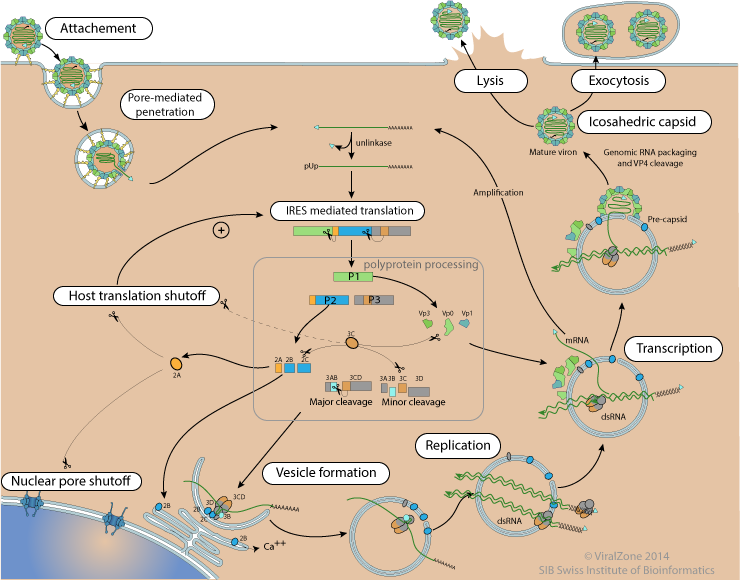



Poliovirus Replication Cycle Viralzone




Functional Long Range Rna Rna Interactions In Positive Strand Rna Viruses Nature Reviews Microbiology




Origins And Evolution Of The Global Rna Virome Mbio




Cytoplasmic Viral Replication Complexes Cell Host Microbe




Figure A Model Of The Rna Virus Replication Pathway The Six Download Scientific Diagram




Human Nlrp1 Is A Sensor For Double Stranded Rna




Double Stranded Rna An Overview Sciencedirect Topics
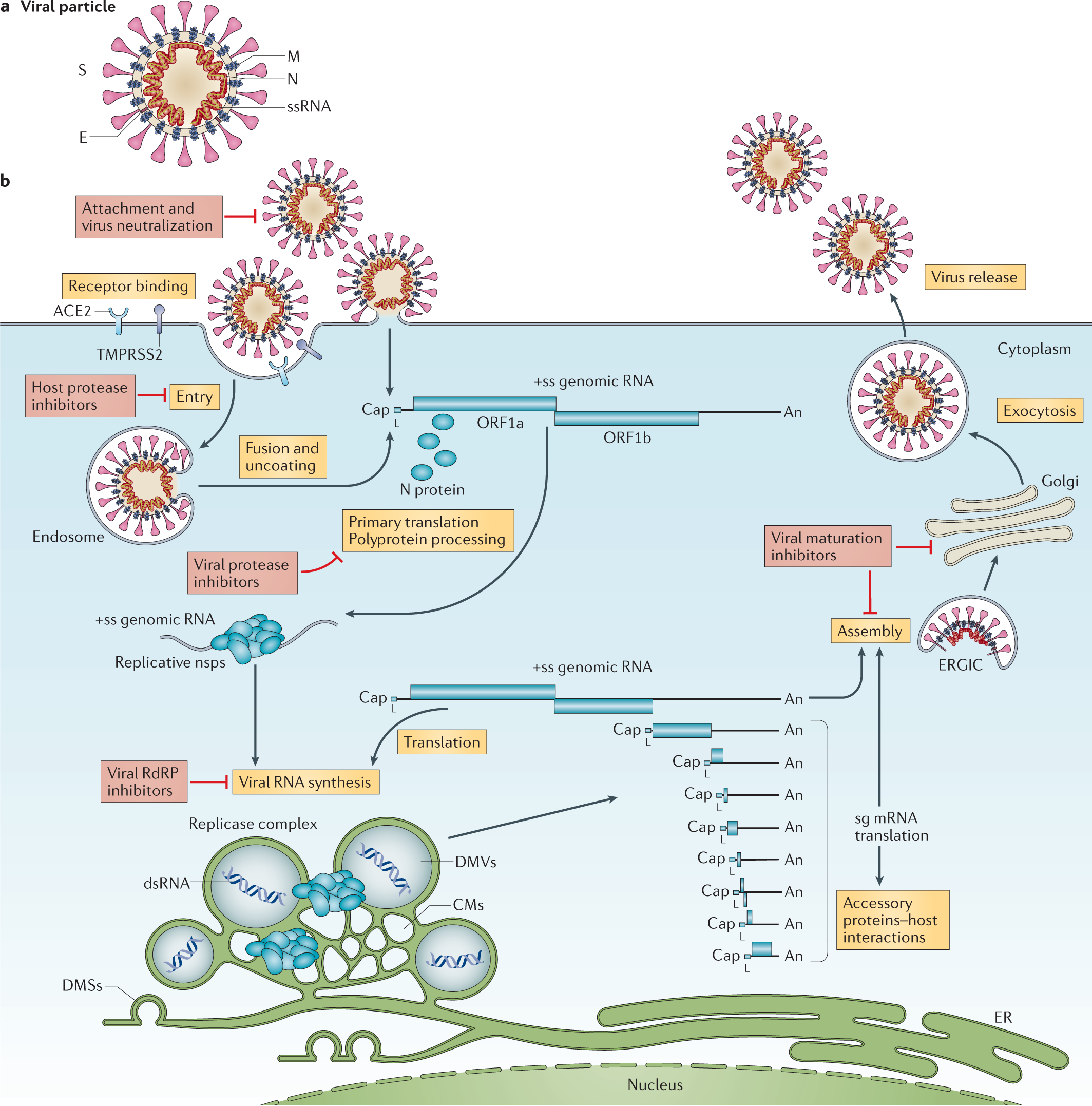



Coronavirus Biology And Replication Implications For Sars Cov 2 Nature Reviews Microbiology




Viral Life Cycle Overview Thermo Fisher Scientific Us




Molecular Aspects Of Dengue Virus Replication Future Microbiology




Ijms Free Full Text Flavivirus Replication Organelle Biogenesis In The Endoplasmic Reticulum Comparison With Other Single Stranded Positive Sense Rna Viruses Html
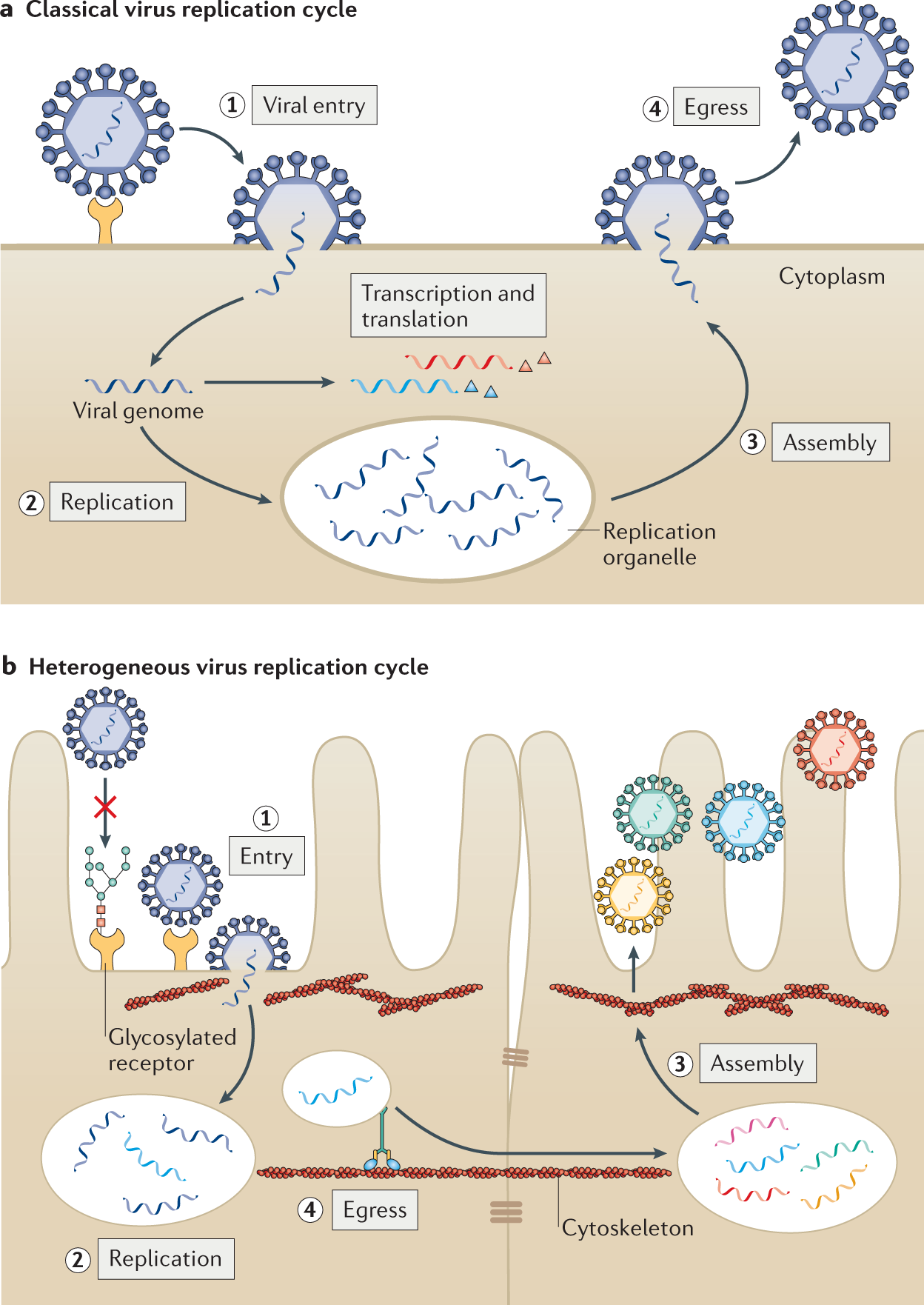



Viral And Host Heterogeneity And Their Effects On The Viral Life Cycle Nature Reviews Microbiology
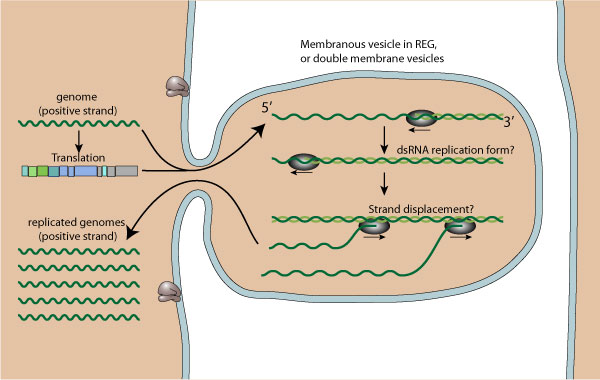



Rna Virus Replication Transcription Viralzone




Cellular Control Of Dengue Virus Replication Role Of Interferon Inducible Genes Intechopen
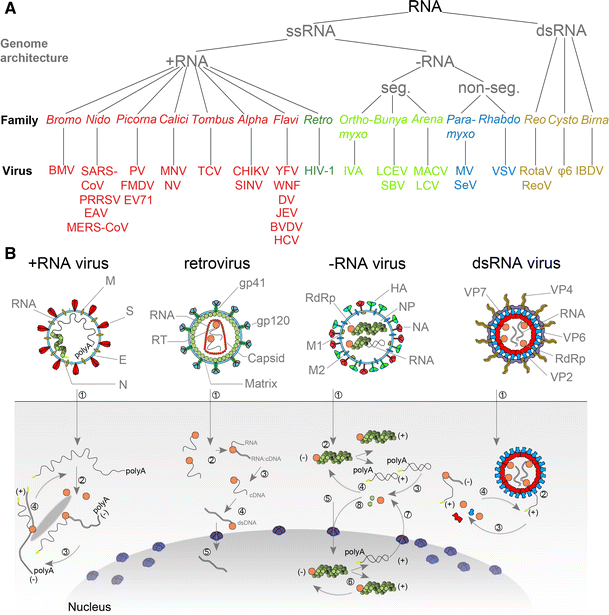



Common And Unique Features Of Viral Rna Dependent Polymerases Springerlink




Mechanism Of Intraparticle Synthesis Of The Rotavirus Double Stranded Rna Genome Journal Of Biological Chemistry




Coronavirus Endoribonuclease Targets Viral Polyuridine Sequences To Evade Activating Host Sensors Pnas




Virus Genome An Overview Sciencedirect Topics




Coronavirus Replication
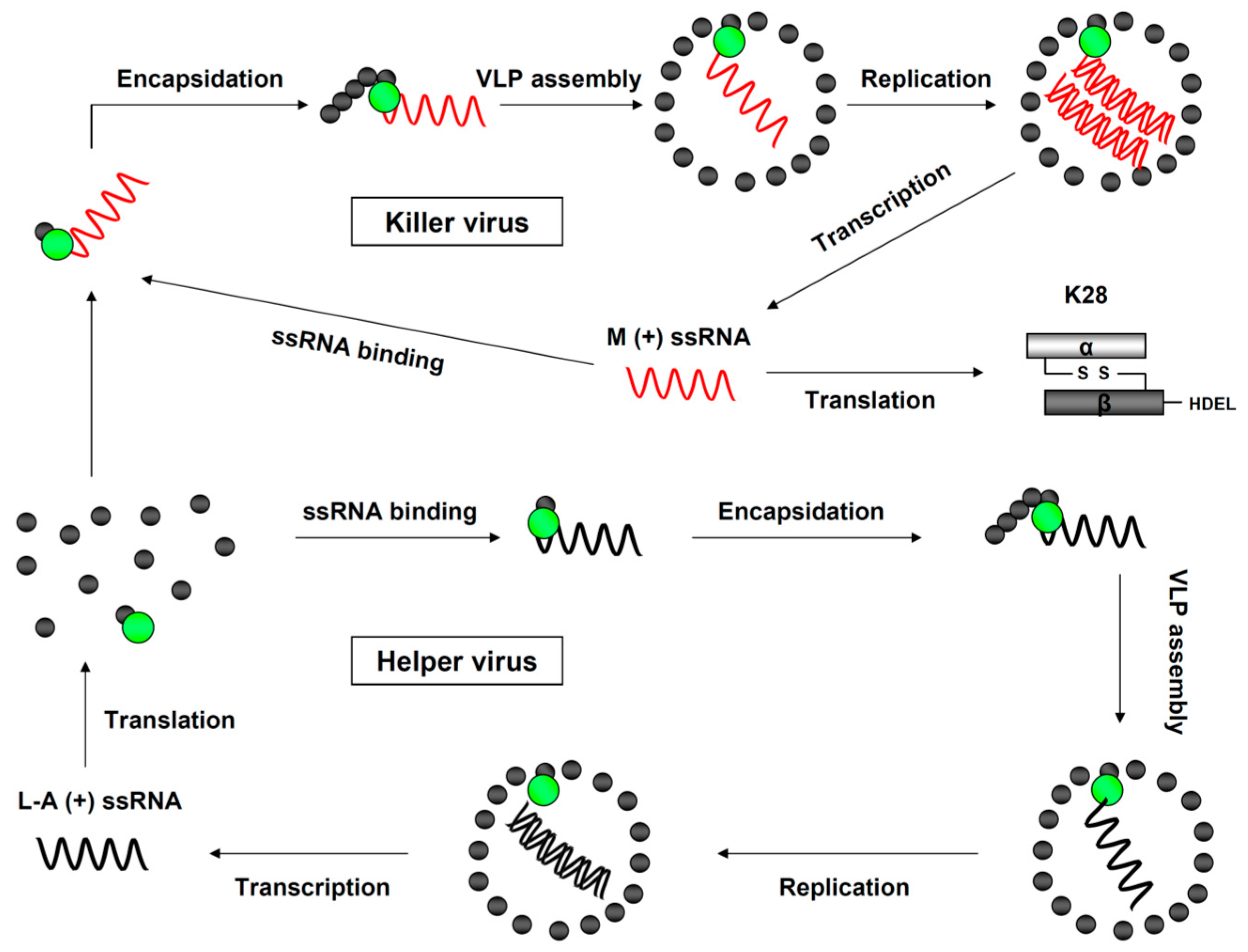



Toxins Free Full Text Yeast Killer Toxin K28 Biology And Unique Strategy Of Host Cell Intoxication And Killing Html




Viral Replication




Masters Of Manipulation How Do Positive Sense Rna Viruses Employ Plant Proteins To Replicate Move From Cell To Cell And Overcome Antiviral Immunity Springerlink




The Dependence Of Viral Rna Replication On Co Opted Host Factors Nature Reviews Microbiology




Viruses Have Big Impacts On Ecology And Evolution As Well As Human Health The Economist




Mechanism Of Intraparticle Synthesis Of The Rotavirus Double Stranded Rna Genome Journal Of Biological Chemistry




Epitranscriptomic Marks Emerging Modulators Of Rna Virus Gene Expression Netzband Wires Rna Wiley Online Library




22 The Viruses Biology Libretexts




General Virology Knowledge Amboss



2
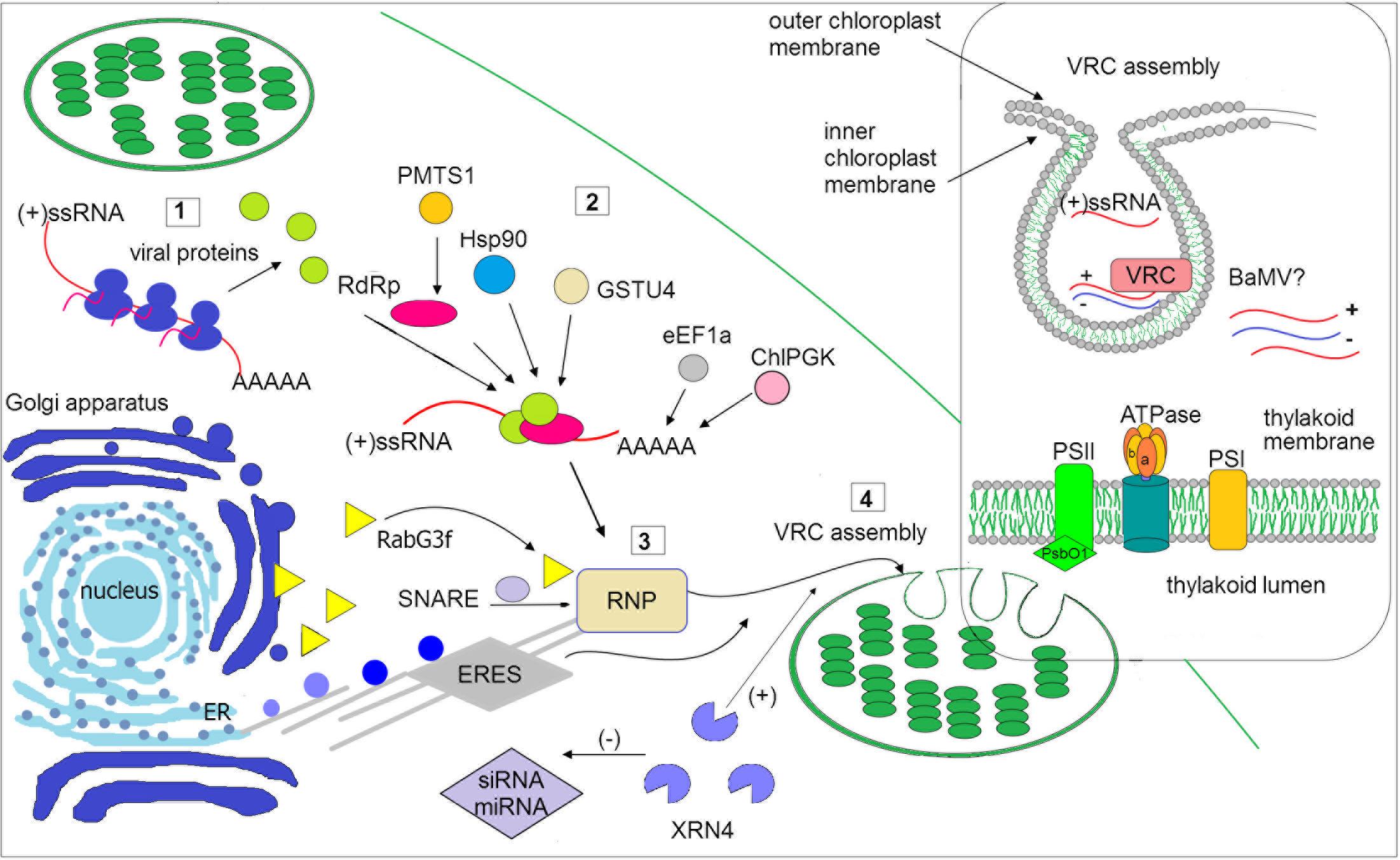



Frontiers The Role Of The Chloroplast In The Replication Of Positive Sense Single Stranded Plant Rna Viruses Plant Science




9 8c Viral Replication And Gene Expression Biology Libretexts




Host Factors In Positive Strand Rna Virus Genome Replication Journal Of Virology




Emerging Roles Of Trnas In Rna Virus Infections Trends In Biochemical Sciences



2




Replication Of Positive Strand Rna Viruses In Plants Contact Points Between Plant And Virus Components




Mda5 Detects The Double Stranded Rna Replicative Form In Picornavirus Infected Cells Sciencedirect




Harnessing Host Virus Evolution In Antiviral Therapy And Immunotherapy Heaton 19 Clinical Amp Translational Immunology Wiley Online Library




Ribonuclease From Bacillus Acts As An Antiviral Agent Against Negative And Positive Sense Single Stranded Human Respiratory Rna Viruses




8 Replication Of Positive Stranded Rna Virus Youtube




Viruses Join The Circular Rna World Tan 21 The Febs Journal Wiley Online Library
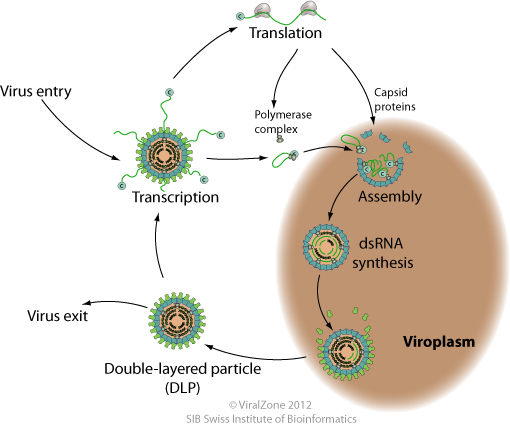



Dsrna Replication Transcription Viralzone




Reverse Genetics Systems Of Segmented Double Stranded Rna Viruses Including Rotavirus Future Virology




Origin Of Dna Repair In The Rna World Intechopen




Segmented Double Stranded Rna Viruses Structure And Molecular Biology




Retroviruses Double Stranded Rna Viruses Boundless Microbiology




The Novel Insight Of Sars Cov 2 Molecular Biology And Pathogenesis And Therapeutic Options Dna And Cell Biology
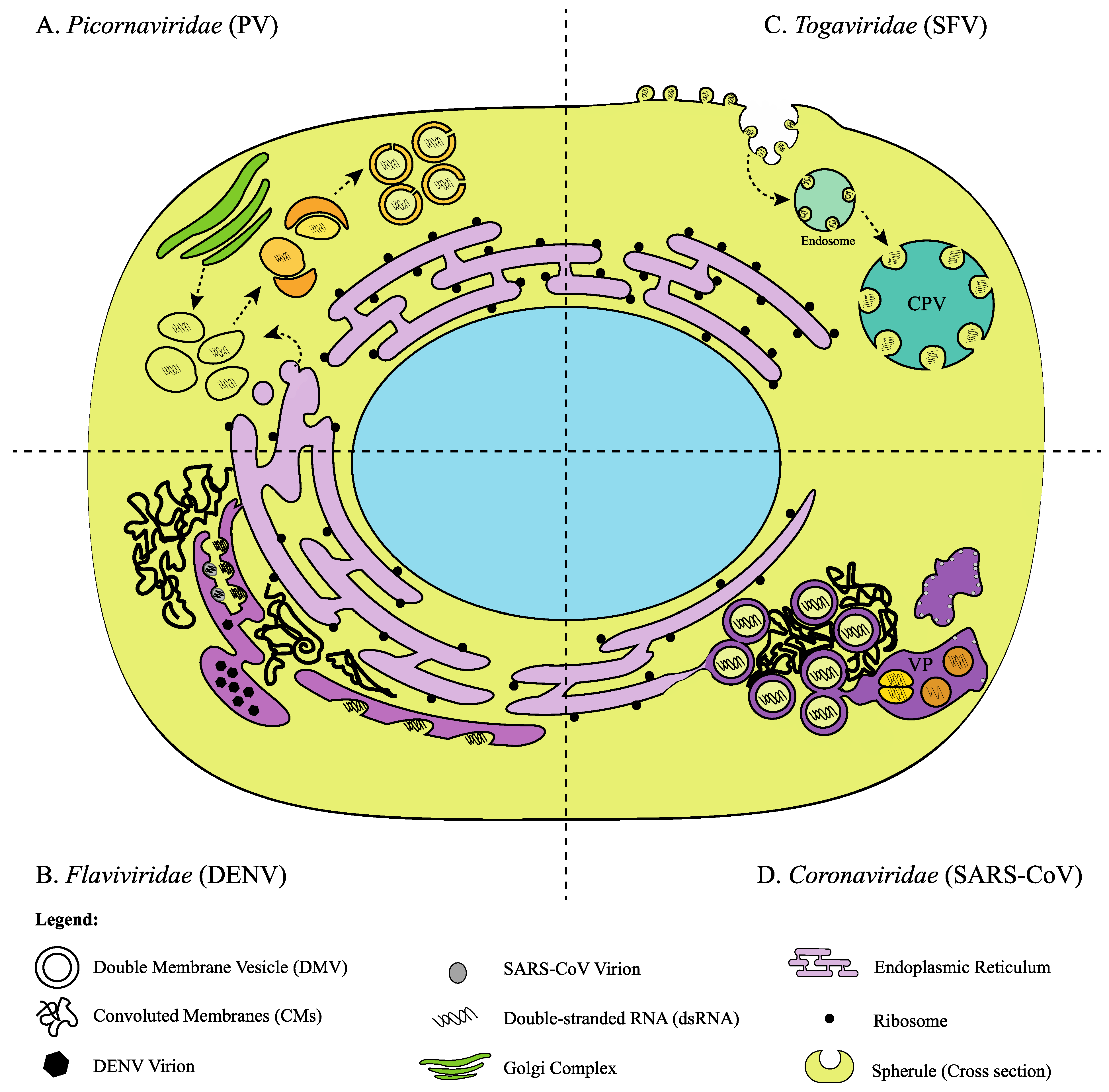



Viruses Free Full Text The Virus Host Interplay Biogenesis Of Rna Replication Complexes Html



2




Replication Strategies Of Different Kinds Of Rna Viruses Are Shown A Download Scientific Diagram
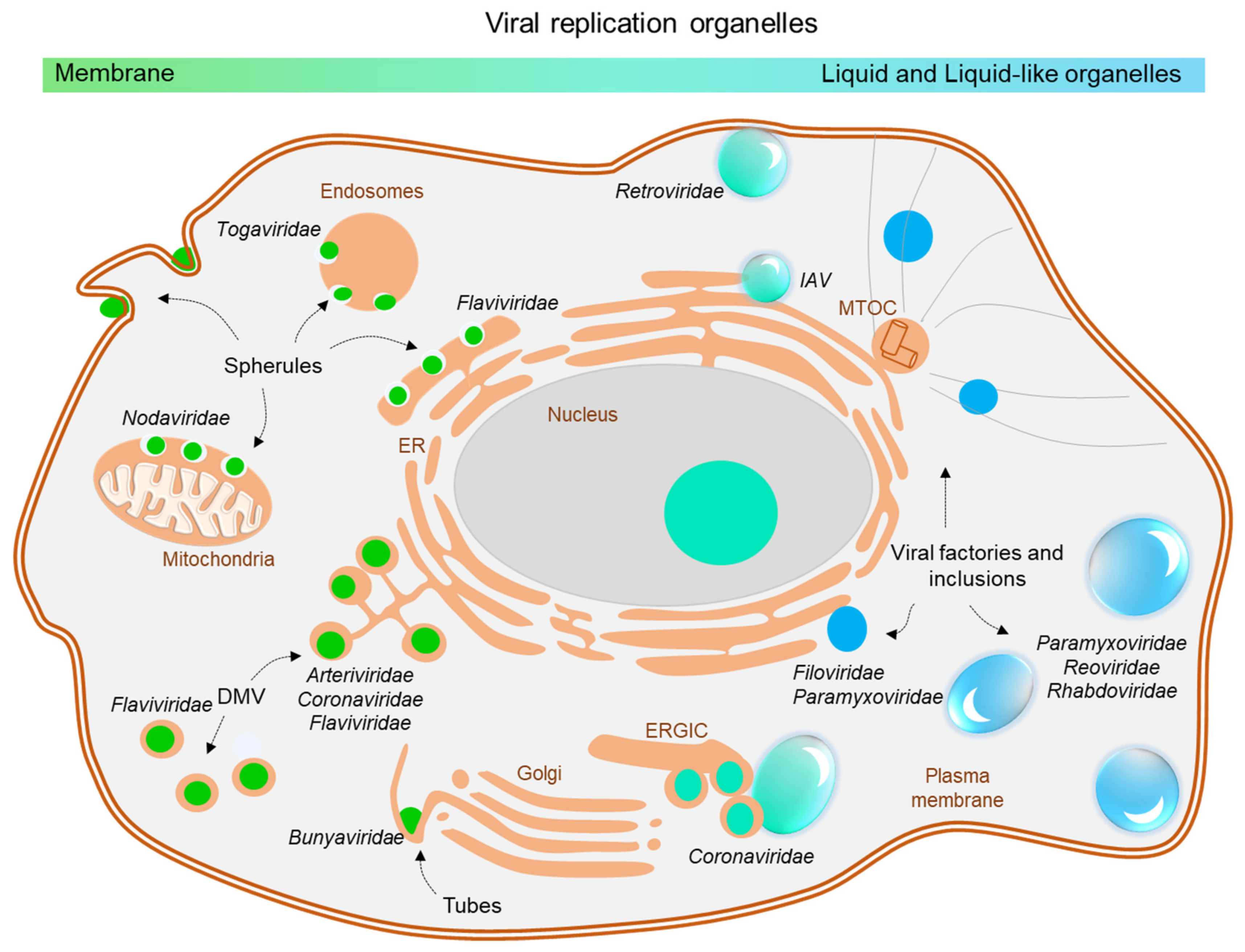



Cells Free Full Text New Perspectives On The Biogenesis Of Viral Inclusion Bodies In Negative Sense Rna Virus Infections Html




Dsrna And The Innate Antiviral Immune Response Future Virology




Secretion Of Hepatitis C Virus Replication Intermediates Reduces Activation Of Toll Like Receptor 3 In Hepatocytes Gastroenterology
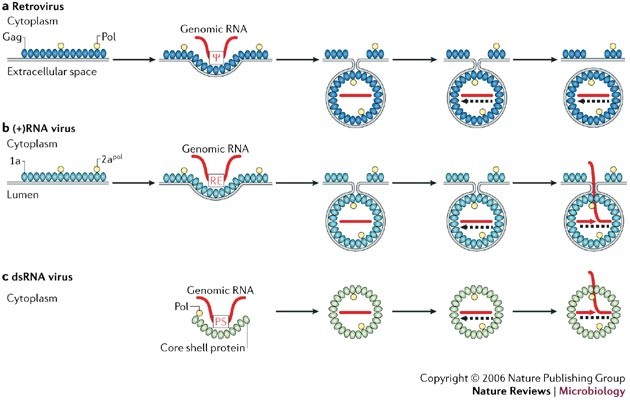



Parallels Among Positive Strand Rna Viruses Reverse Transcribing Viruses And Double Stranded Rna Viruses Nature Reviews Microbiology
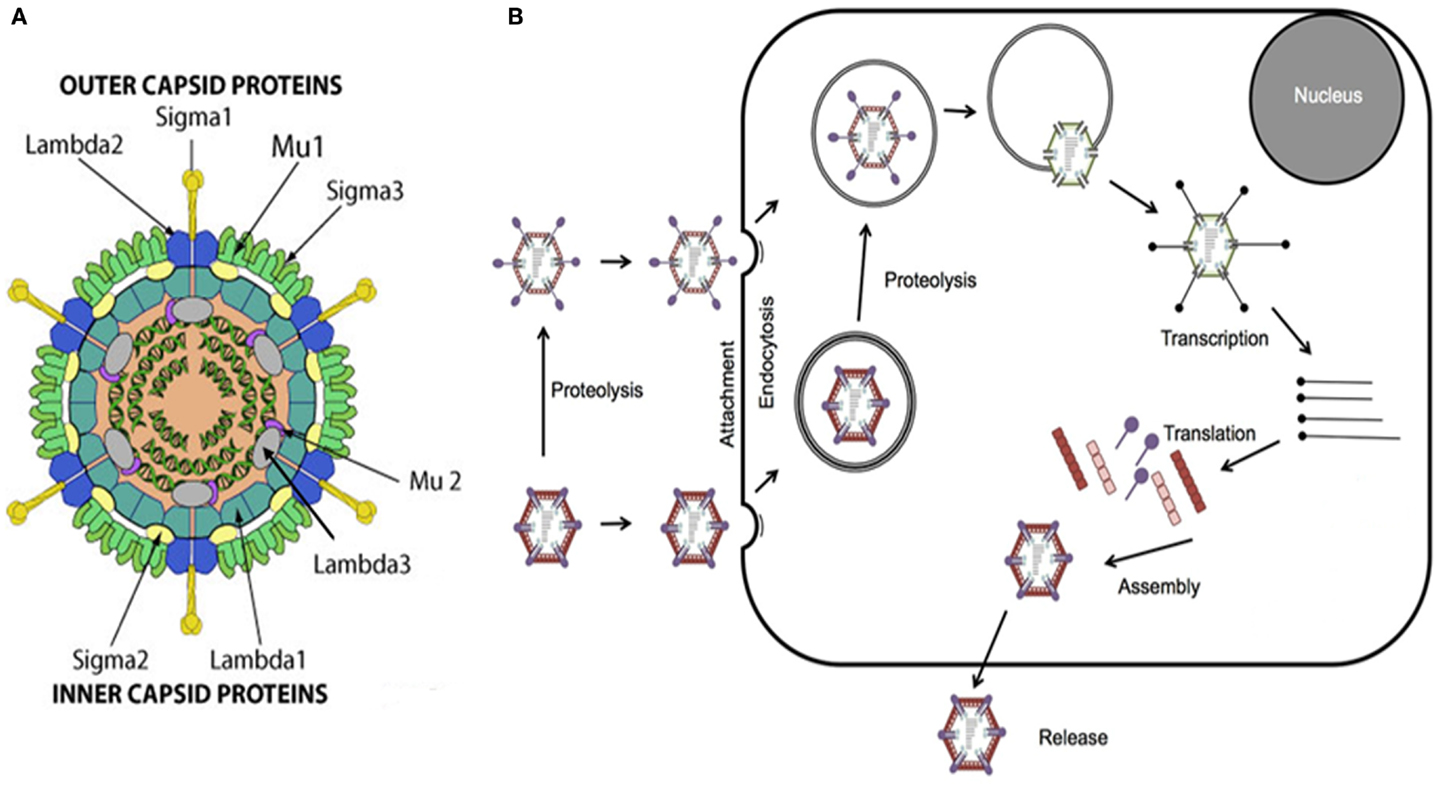



Frontiers Activated Ras Signaling Pathways And Reovirus Oncolysis An Update On The Mechanism Of Preferential Reovirus Replication In Cancer Cells Oncology




The Highly Ordered Double Stranded Rna Genome Of Bluetongue Virus Revealed By Crystallography Cell



Full Article Tricks And Threats Of Rna Viruses Towards Understanding The Fate Of Viral Rna




10 Replication Of Dsrna Virus Youtube




The Viral Life Cycle Microbiology




Rna Virus Capsid Proteins More Than Just A Shell Future Virology
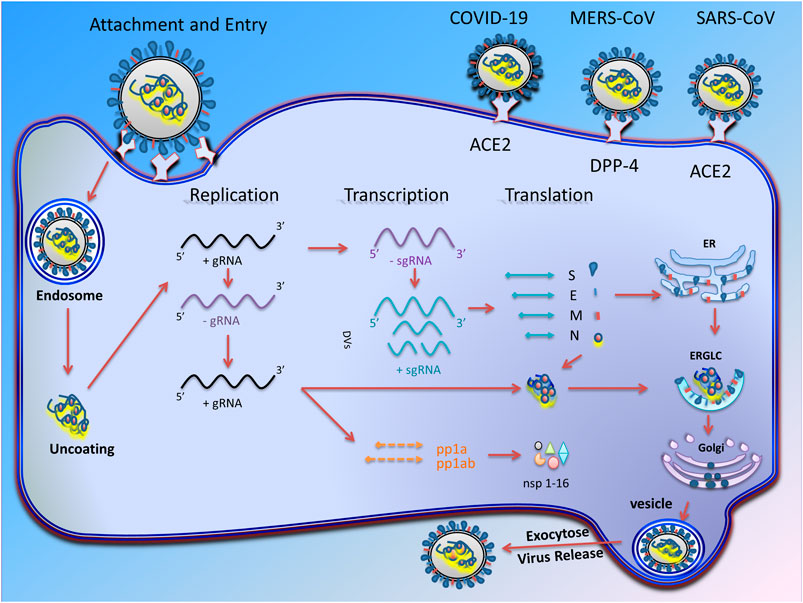



Frontiers The Potential Therapeutic Effect Of Rna Interference And Natural Products On Covid 19 A Review Of The Coronaviruses Infection Pharmacology



0 件のコメント:
コメントを投稿